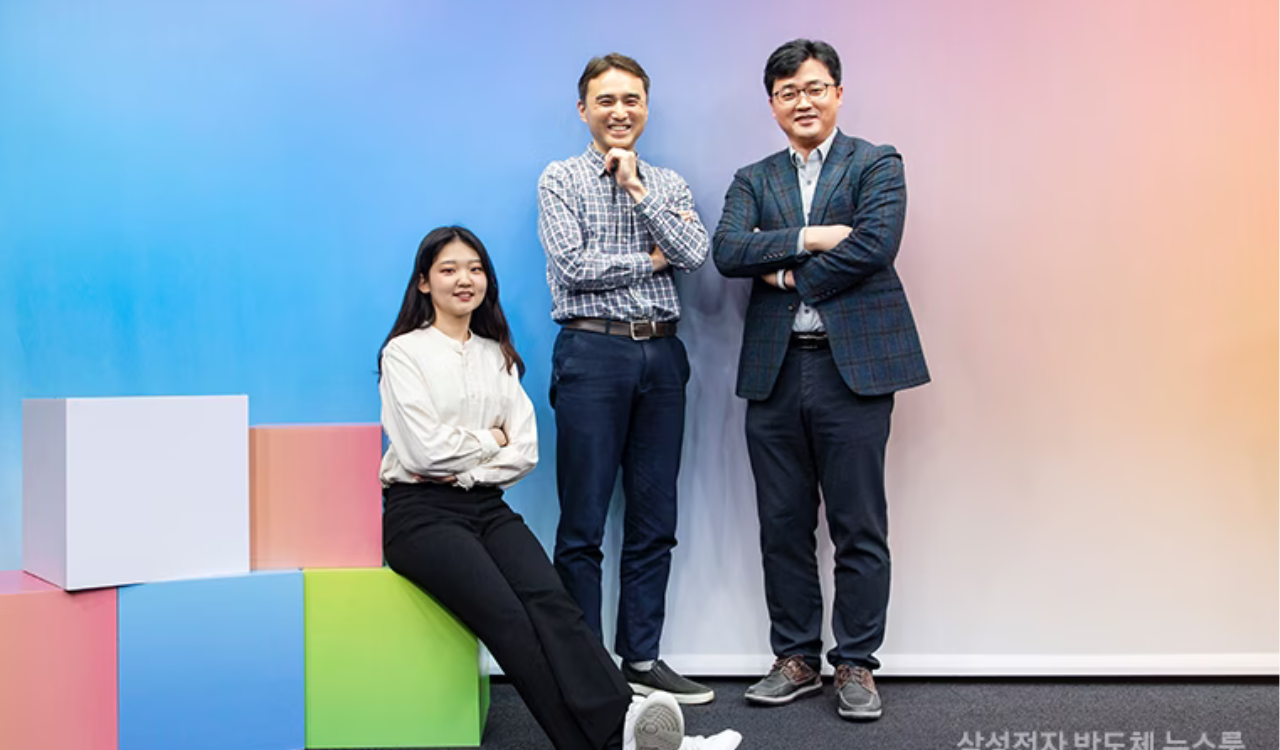Samsung introduced the ISOCELL HP2, a new 200-megapixel (MP) image sensor in January 2023. The latest sensor comes with enhanced pixel technology for better mobile photography. This new sensor was first integrated into the new Galaxy S23 Ultra. The smartphone was launched with a 200MP resolution so you can capture images with high resolution and epic details.
What’s new
Kyungho Lee, Vice President of Pixel Development Team says, “We had to dramatically increase the pixel storage capacity of ISOCELL HP2 in order to reduce the pixel size by about 56% compared to the 108MP sensor used in the previous Galaxy S series, while preserving image quality and enabling auto focus on all pixels.”
The innovative new technology developed for this purpose is the ‘Dual Vertical Transfer Gate’, which efficiently transfers a significant amount of charge built up in the photodiode to the circuit through two vertical gates, and its benefit is that it can produce images with no ghosting and a wide dynamic range of brightness.
Seungjin Lee from Sensor Design adds, “A significant boost in analog-to-digital conversion (ADC) was crucial. Our developers devised a method to overcome this obstacle and applied it to ISOCELL HP2 for the first time, allowing us to anticipate and correct potential mismatches between ADCs in advance. As a result, we were successful in achieving all of our goals for the image sensor’s performance and reliability.”
More pixels
The developer explained that with the 200MP camera, you can use a 12MP mode by default, so you have the option to switch to 50MP or even 200MP photographs depending on their tastes or the lighting conditions.
Soyoon Choi from Sensor Marketing Team remarks, “We are now moving beyond 4K (about 8MP) era and transitioning into 8K (about 33MP) era, where the ultra-high resolution image sensor can enable you to shoot high-quality 8K video with brighter colors and less angle-of-view loss in the palm of your hand.”
Kyungho says, “We are aiming for more pixels than the 576 million known to be the maximum effective pixels in the human retina.”
“In order to thoroughly evaluate the image quality, we have been working with experts to improve the objectivity of numerical outcomes of image quality evaluation criteria and the results from a visual recognition standpoint since the initial stage of algorithm development,” Kyungho goes on to say, “As one of the team members who participated in the evaluation process, I would say it is one of the best ultra-high resolution image sensors we have ever released.”
Soyoon Choi predicts, “If this trend and evolution continue, we’ll see amazing image sensors which perfectly mimic the human eye not only in terms of detail expression, but also dynamic range and color reproduction in the near future.”
